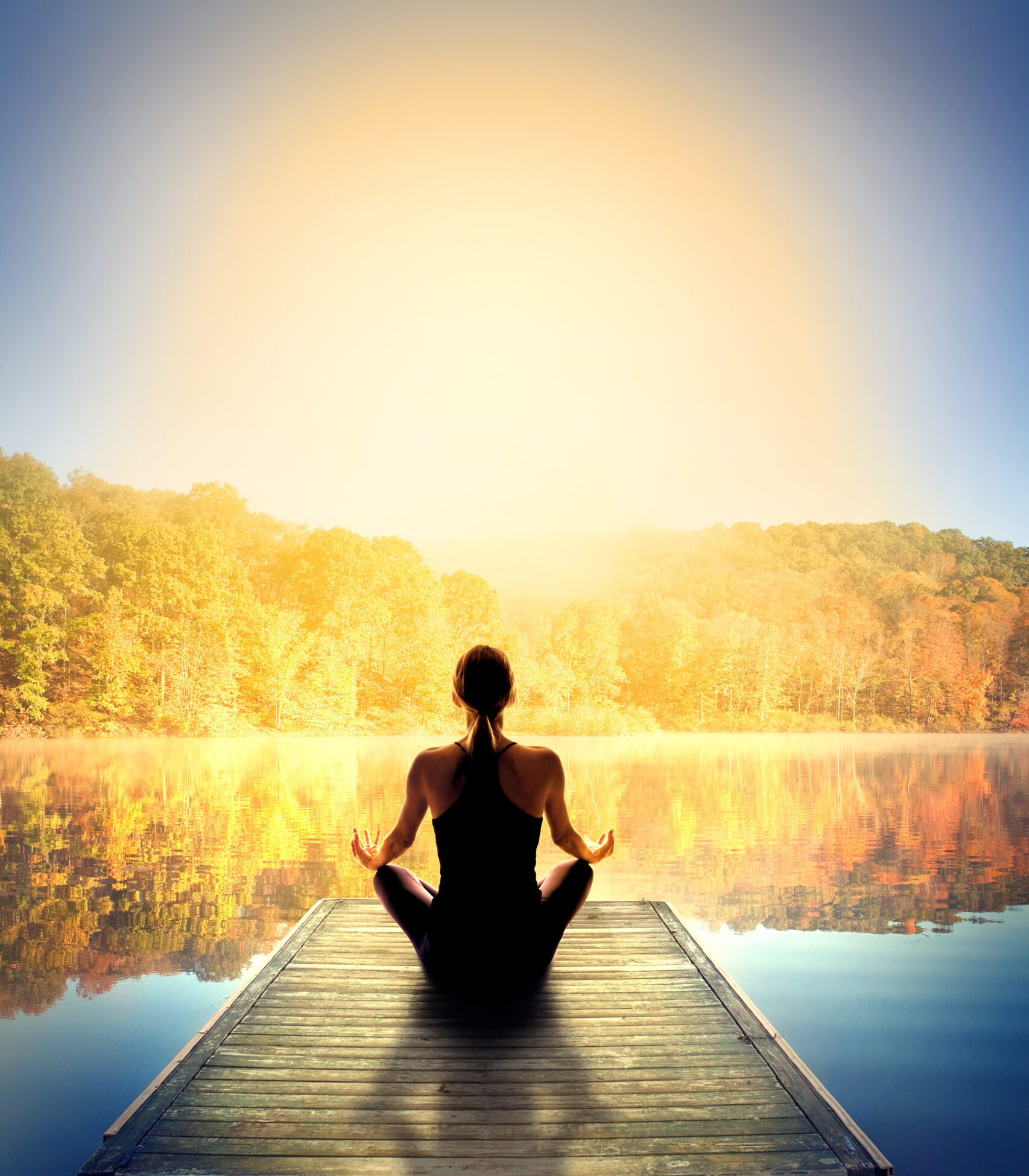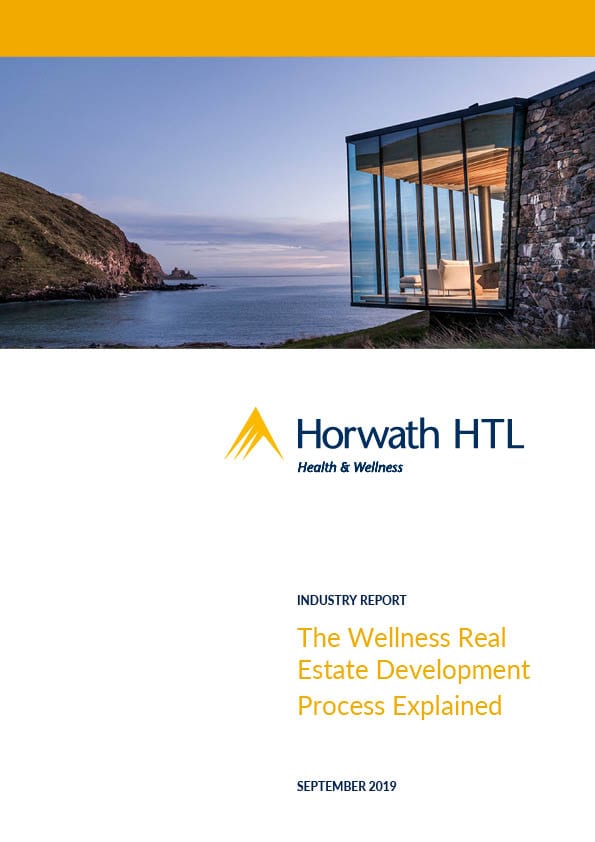
Industry Report
The Wellness Real Estate Development Process Explained
This latest report from Horwath HTL Health & Wellness, aims to provide an understanding of the wellness real estate market, define the distinctiveness of its development process, and explain why a specific approach is required.
As people are becoming increasingly aware of the impact of lifestyle and environmental factors on their wellbeing, a USD 134.3 billion wellness real estate industry is emerging as a solution to support individuals and communities to live healthier lives. In order to achieve such an outcome, wellness real estate follows a development process that presents certain key particularities as compared to traditional real estate.
Introduction to Wellness Real Estate
Wellness real estate encompasses the construction of residential and commercial properties designed with intentional wellness elements. This sector has evolved from various movements, including sustainable building practices, holistic design philosophies, and health-focused community planning. Wellness real estate aims to support the holistic health of residents through innovative design, materials, and amenities.
Market Overview
The wellness real estate market, valued at USD 134.3 billion in 2017, is growing rapidly. With a projected annual growth rate of 6.0%, the market is expected to reach USD 180 billion by 2022. North America, led by the United States, is the largest market, followed by Asia Pacific and Europe. Wellness real estate projects span residential communities, mixed-use developments, and hospitality properties with integrated wellness elements.
Key Components of Wellness Real Estate
Wellness Lifestyle Real Estate
Homes designed to support holistic health, integrating wellness into daily living. These properties attract lifestyle investors seeking both personal well-being and asset value appreciation.
Wellness Communities
Groups of people living in proximity, sharing wellness goals and experiences. These communities are often built around wellness anchors like resorts or natural assets, fostering environments that promote health and social interaction.
Benefits of Wellness Real Estate
For Buyers
Healthier living environments, increased well-being, and faster asset value appreciation.
For Developers
Higher returns due to sales price premiums, typically ranging from 10% to 25%, with some developments achieving up to 55% premiums.
For Operators
Increased demand for wellness resort services from community residents, higher overall revenues, and potential branding fees from real estate sales.
Development Process
Site Selection and Analysis
Ideal locations are quiet yet accessible, with natural features that enhance the wellness experience. Consideration of topography, scenery, and connectivity is crucial.
Market Research and Feasibility
Analyzing market conditions, competitive landscapes, and buyer profiles. Evaluating the viability of sale and leaseback schemes, ownership regulations, and absorption rates.
Concept Development
Establishing a differentiated development strategy, defining target markets, and selecting appropriate wellness amenities. Positioning can range from senior living to resort-based real estate.
Design and Development Brief
Creating a document that outlines the development’s key components and space allocations, guiding master planners and designers.
Master Planning
Focusing on the location of components, people circulation, and landscaping to foster a sense of community and well-being.
Detailed Design
Incorporating wellness and sustainability elements into building design, such as natural materials, biophilic design, and optimal orientation for light and ventilation.
Construction
Utilizing sustainable construction methods like prefabrication to minimize environmental impact and enhance efficiency.
Marketing and Sales
Implementing a comprehensive sales strategy with partnerships, pricing structures, and marketing campaigns targeting wellness-oriented buyers.
Case Study: The Temescal Valley Project
The Glen Ivy Hot Springs Resort in California serves as a prime example of wellness real estate development. GOCO Hospitality is expanding the resort into a comprehensive wellness community, including a boutique hotel, wellness retreat, private residences, and recreational areas. The development emphasizes outdoor recreation, community engagement, and wellness design standards, setting a benchmark for integrated wellness communities globally.
Wellness real estate is transforming the built environment by promoting healthier lifestyles and fostering communities with shared wellness goals. As the industry grows, it offers significant benefits for developers, investors, and residents alike. The strategic development of wellness real estate requires specialized knowledge and careful planning to achieve long-term success and sustainability.
Download the report
For detailed charts, graphs, and further analysis, download the full report here





